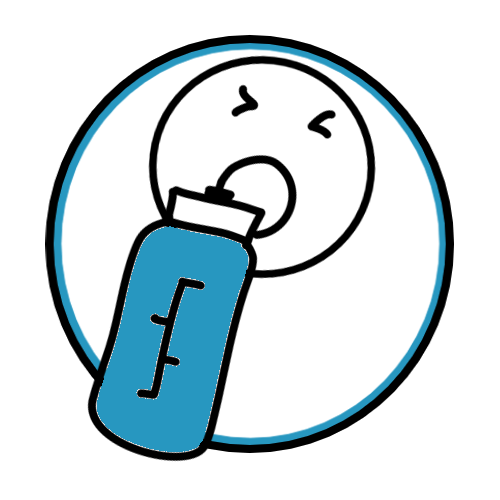Here’s another topic that made me ask for help from the AI. Let’s talk about something that might sound a bit techy but is crucial for the quality of our water: Total Dissolved Solids (TDS). I went down the rabbit hole of research to figure out what TDS is, why it matters, and where to find the best water. Buckle up, because the sip game is about to get serious.
This post contains affiliate links and I earn a commission from qualifying purchases at no cost to you. Thanks for your support!
What the TDS is Going On?
TDS stands for Total Dissolved Solids, and it’s essentially a measure of all the organic and inorganic substances present in water in a dissolved form. Think minerals, salts, metals, and even tiny bits of organic matter. The higher the TDS, the more stuff is hanging out in your water.
No products found.
Why Does TDS Matter?
Well, TDS isn’t just a random acronym. It’s a key player in your water’s taste, purity, and healthiness. Here’s the lowdown:
- Taste Test: High TDS can give water a funky taste. Ever had water that tasted a bit metallic or salty? That might be those dissolved solids doing a little dance on your taste buds.
- Mineral Matters: On the flip side, some minerals are good for you. They can contribute to the crispness and flavor of water. The trick is finding the right balance.
- Health Check: Extremely high or low TDS levels can indicate water quality issues. Too high, and you might be sipping on some contaminants. Too low, and you might be missing out on essential minerals.
Sourcing the Best Sip: The Research Quest
Now, let’s talk specifics. I dug into some studies to find out where to get the best TDS-friendly water.
- Natural Springs:
- Source: A study published in the Journal of Water and Health (2007).
- Findings: Natural springs often have a balanced TDS profile, providing a refreshing taste while maintaining mineral content.
- Certain Filtered Waters:
- Source: Research from the Water Quality Association.
- Findings: Some filtered waters, especially those using reverse osmosis or distillation, can reduce TDS effectively, offering a clean taste.
- Well Water:
- Source: A study by the Environmental Science & Technology journal (2007).
- Findings: Well water can have varying TDS levels, but when sourced from the right aquifers, it can be rich in minerals.
No products found.
The Best Sip for Me:
So, after my deep dive, I’ve come to appreciate a balanced TDS profile. I lean towards filtered water that balances cleanliness and mineral content. Brands like Aquafina and Dasani have caught my eye for delivering a crisp taste without going overboard on the TDS scale.
No products found.
In a Nutshell:
TDS might be a water-world term, but understanding it is like having a secret weapon in the battle for the perfect sip. Whether it’s from a natural spring, a well, or a carefully filtered bottle, finding the right TDS balance is the key to enjoying your water like a true hydration connoisseur.
Remember, my friends, it’s not just water; it’s a lifestyle. So, here’s to the perfect sip and the endless quest for hydration excellence!
Cheers!
Featured image credit:
Photo by Giorgio Trovato on Unsplash
Shop Related Products:
No products found.
Related posts:
Fizz Fears: Investigating PFAS In Sparkling Water
